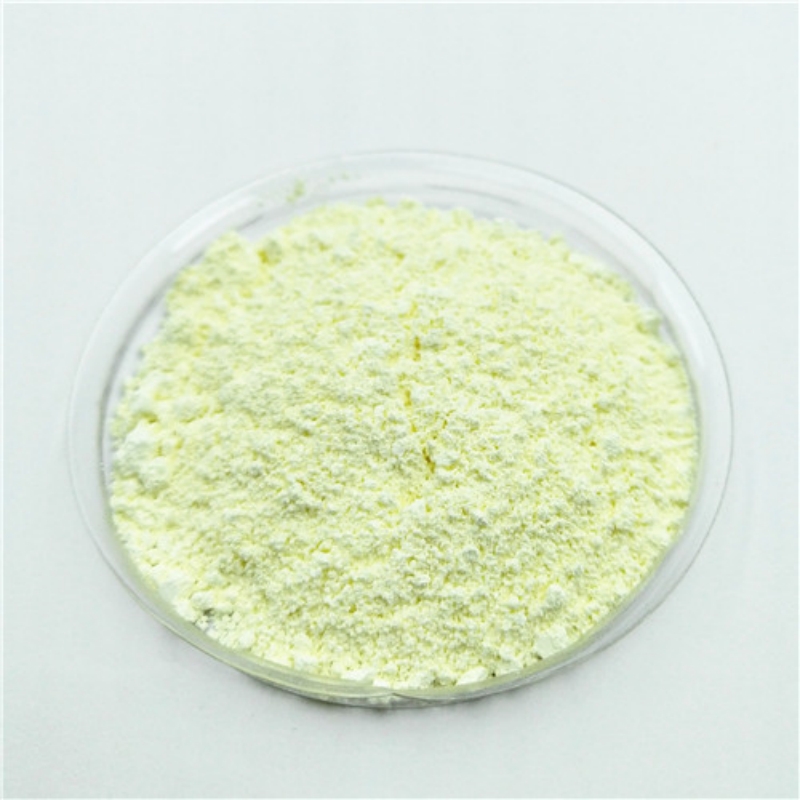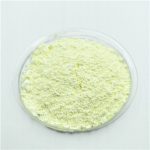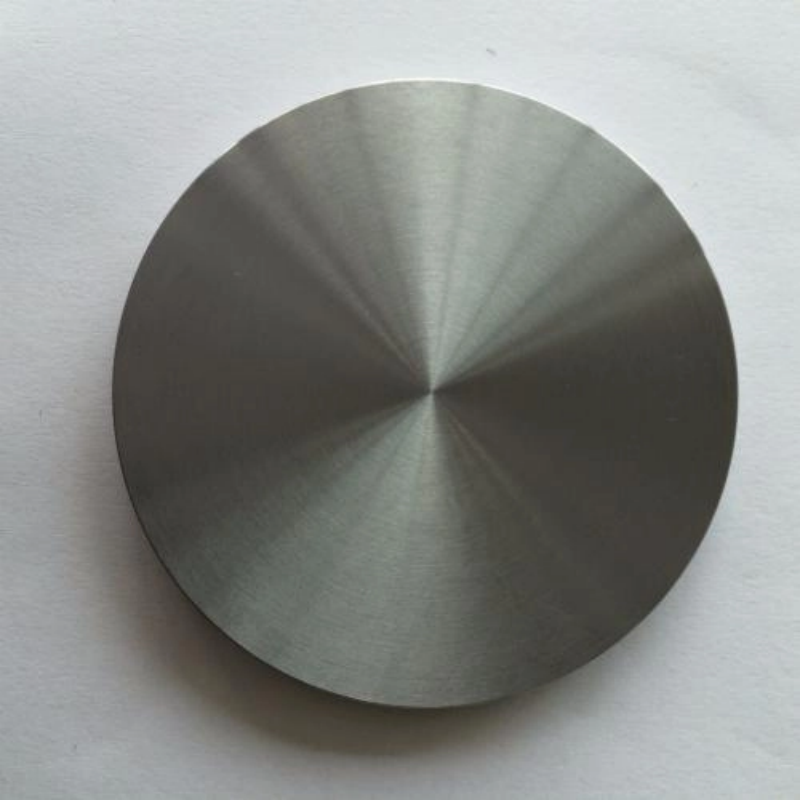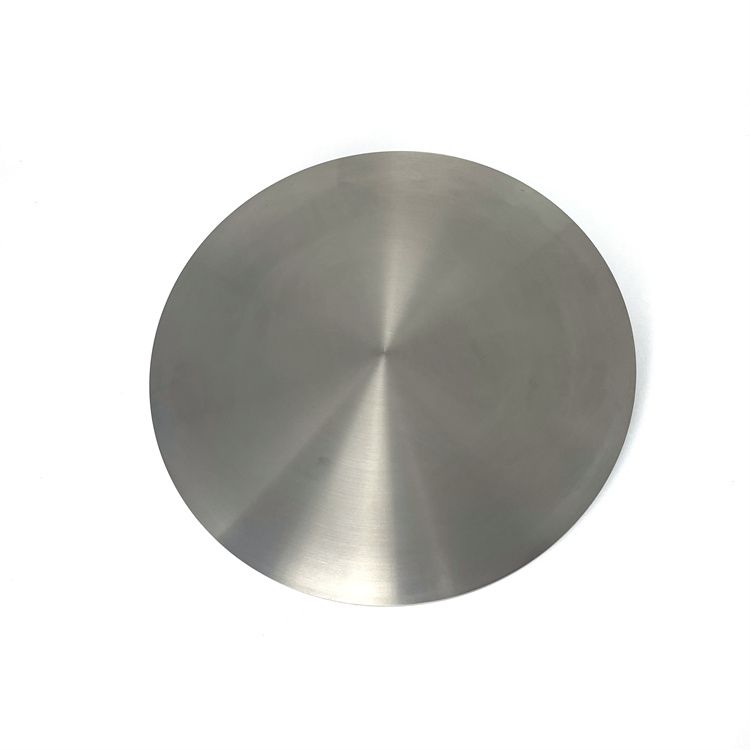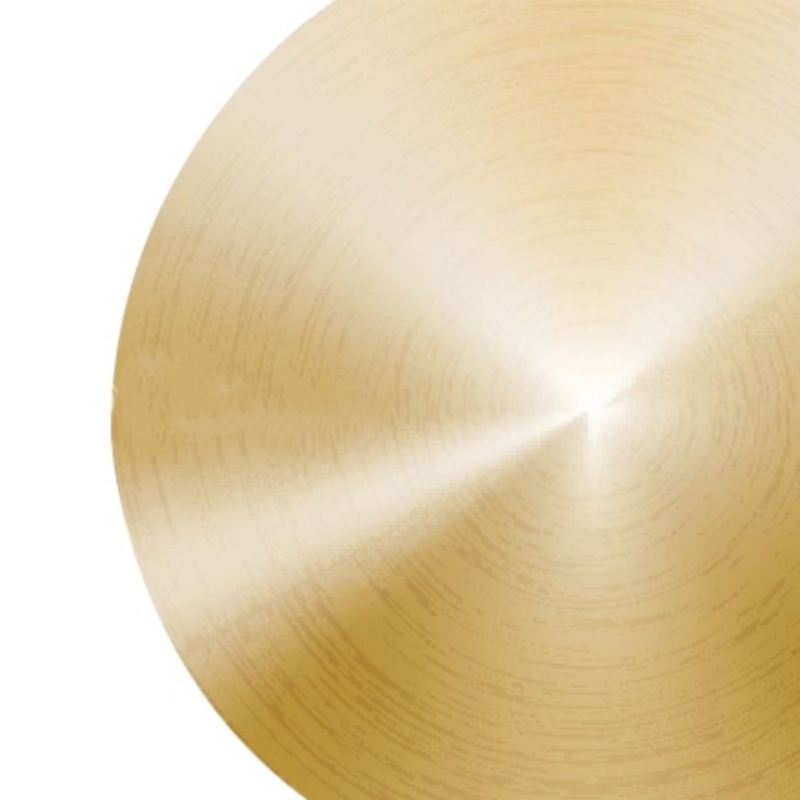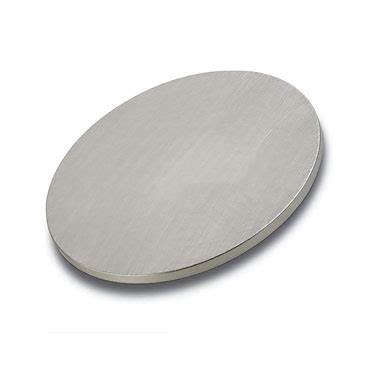Bismuth oxide (Bi₂O₃) is a high-purity inorganic compound recognized for its excellent optical properties, electrical conductivity, and catalytic activity. It is widely used in electronic materials, ceramics, glass production, and pharmaceutical applications. Due to its unique characteristics, bismuth oxide plays a crucial role in advanced semiconductor technology, radiation shielding, and specialized chemical research.
Product Overview
Bismuth oxide (Bi2O3) is a yellow chemical compound typically obtained by igniting bismuth nitrate. It has significant applications in the optical, ceramics, and pharmaceutical industries, particularly in ceramic glazes where it serves as a non-toxic alternative to lead, providing excellent gloss, durability, and hardness.
Key Features
- Appearance: Yellow crystals or powder, odorless.
- Density: 8.90 g/cm³.
- Melting Point: 817°C.
- Boiling Point: 1,890°C.
- Solubility: Insoluble in water, soluble in acids.
Applications
- Optical Lenses: Used in the manufacturing of high-performance optical lenses.
- Ceramic Replacement: Replaces lead oxide in white ceramics such as bone china.
- Pharmaceuticals: Used in oral medications for treating gastric diseases.
| Test Items | Index | Test Results | ||
| JWβ-Ⅰ | JWβ-Ⅱ | |||
| (Bi2O3) % | ≥ | 99.9 | 99.8 | 99.9899 |
| (Li) % | ≤ | 0.0005 | 0.001 | 0.0002 |
| (Na) % | ≤ | 0.003 | 0.005 | 0.0005 |
| (K) % | ≤ | 0.001 | 0.003 | 0.0001 |
| (Ca) % | ≤ | 0.001 | 0.003 | 0.0003 |
| (Mg) % | ≤ | 0.0005 | 0.0007 | 0.0001 |
| (Al) % | ≤ | 0.001 | 0.003 | 0.0002 |
| (Si) % | ≤ | 0.002 | 0.005 | 0.0003 |
| (As) % | ≤ | 0.001 | 0.002 | 0.0002 |
| (Cd) % | ≤ | 0.0005 | 0.0005 | 0.0001 |
| (Fe) % | ≤ | 0.001 | 0.003 | 0.0004 |
| (Sn) % | ≤ | 0.0005 | 0.0005 | 0.0002 |
| (Cr) % | ≤ | 0.0005 | 0.001 | 0.0001 |
| (Ni) % | ≤ | 0.0005 | 0.0005 | 0.0002 |
| (Cu) % | ≤ | 0.0005 | 0.002 | 0.0001 |
| (Pb) % | ≤ | 0.0005 | 0.001 | 0.0005 |
| (Ag) % | ≤ | 0.0005 | 0.001 | 0.0006 |
| (Sb) % | ≤ | 0.0005 | 0.0008 | 0.0002 |
| (Cl) % | ≤ | 0.001 | 0.001 | 0.0004 |
| (SO ) % | ≤ | 0.001 | 0.0015 | 0.001 |
 new material
new material

